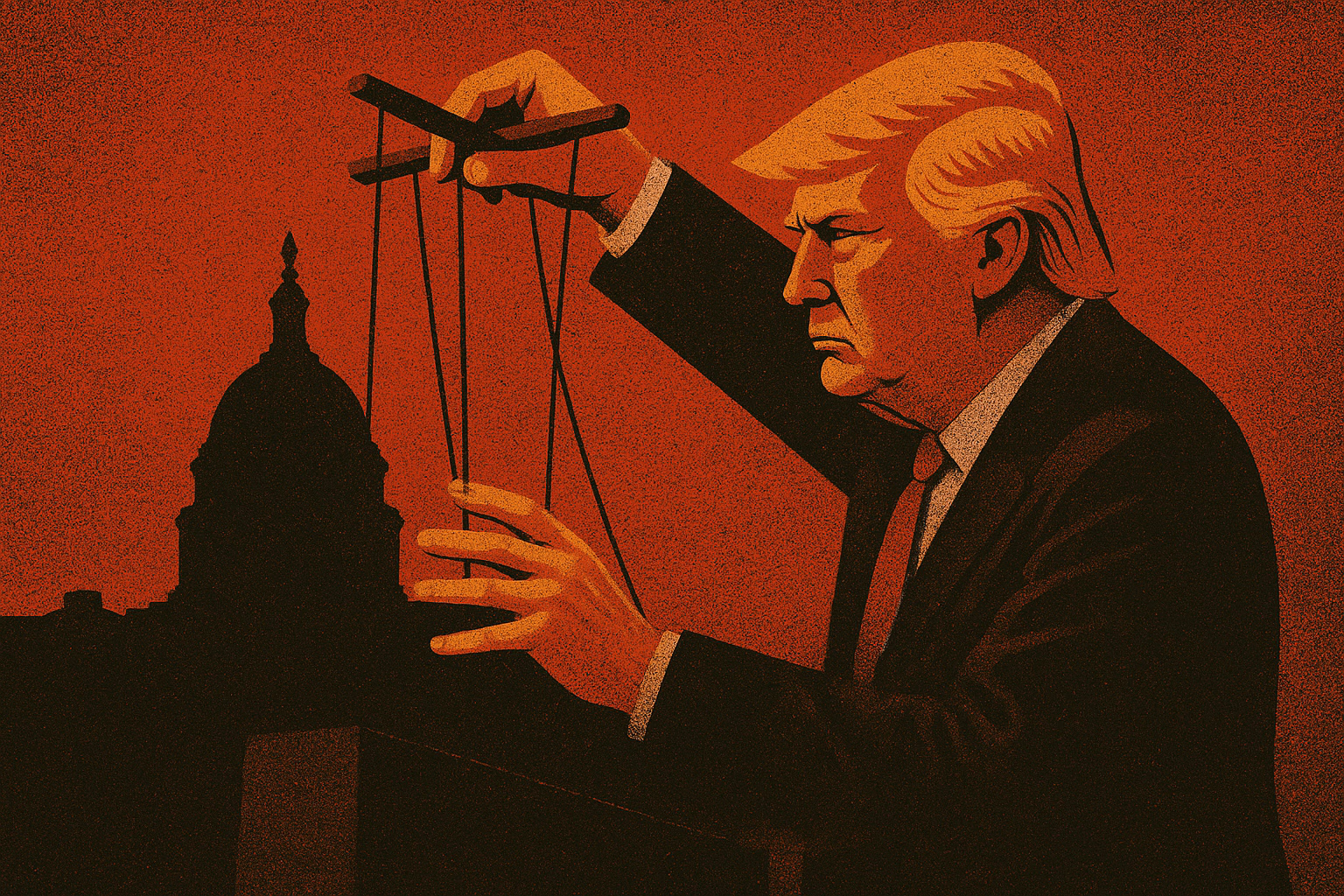Since Donald Trump’s second inauguration, Democrats have clung to a single hope: the midterms will save them. That faith once seemed well placed. Historically, such elections tend to punish the party in power. Surely, the tariffs, the ICE raids, and soaring grocery prices would spark a righteous backlash—the voters would come to their senses, and political gravity would reassert itself. But with a year to go before the vote, it’s becoming clear that the anticipated “blue wave” is turning into a drizzle—or perhaps even a drought.
Regaining the Senate was always going to be an uphill climb. The Democrats’ best shot runs through Maine, where Republican Senator Susan Collins remains their prime target. Her most prominent challenger is a 41-year-old seafood entrepreneur and blue-collar worker named Graham Platner. But, as CNN reported, he once called himself a “communist” and posted disparaging remarks on social media about the police and rural white Americans—posts he later deleted.
It’s a telling glimpse into the Democrats’ current predicament. The Senate has always been a long shot, but the real stakes in 2026 lie in the House of Representatives. Yet even there, the outlook is dimming fast. According to CNN analyst Harry Enten, “Democrats’ chances of retaking control of the House have sharply declined, while Republicans’ position has strengthened significantly over the past six months.”
The numbers back that up: Democrats now lead Republicans by only three points in national polling, compared with an eight-point advantage at the same stage of the 2018 cycle. The debate is whether the problem lies in their ideas or their failure to sell them. But one thing is clear—voters are tuning out the Democratic message. For the first time since Franklin Roosevelt, more Americans identify as Republicans than as Democrats.
And yet history still offered a glimmer of hope—until Trump decided to rewrite the rules. He ordered Texas to create five new districts favoring Republicans through a special redistricting process. California is trying to counter with its own moves, but more states are on the Republicans’ side. In this game, Democrats are structurally disadvantaged: their electorate is concentrated in a handful of regions and shows little sign of expanding.
For years, Democratic voters have clustered in “blue” ZIP codes—a pattern that has cost them dozens of congressional seats. The only remaining hope lies in one fragile assumption: that Texas’s new map rests on the belief that Latino voters will cast their ballots in 2026 the same way they did in 2024. Maps can backfire—overconfident cartographers often draw districts that turn from “safe” to competitive when a wave election hits.
But every time Democrats start sketching out a comeback scenario, another blow lands. The Supreme Court may weaken Section 2 of the Voting Rights Act, which restricts racial discrimination in redistricting and requires the creation of minority-majority districts. If that happens, Republicans could, according to New York Times analyst Nate Cohn, eliminate up to a dozen Democratic districts across the South. It’s unclear whether the ruling would take effect in time for the 2026 elections or later. Even under the most favorable conditions, Cohn writes, Democrats would need to win the national popular vote by five points just to be competitive for control of the House.
But the bigger question is—would it even matter? Trump hardly needs Congress. His power rests on decrees, spectacle, and retribution, not legislation. A House majority would give Democrats the ability to hold hearings, point fingers, and perhaps attempt impeachment again—but it would have little real effect on the direction of the country.
Trump-Pump-Pump

Trump Uses the Shutdown as a Tool to Consolidate Personal Power
It Is Part of a Systematic Campaign to Concentrate Authority

Agent of Chaos
Why the Strategy of Unpredictability Brought the U.S. Short-Term Wins but Left Long-Term Risks

Donald Trump Builds His Politics on Retribution
Is America on the Verge of Authoritarianism?
The real stakes are psychological. If, after all the chaos, corruption, and eccentricity of Trump’s second term, Democrats still fail to reclaim the House, the blow to their morale will be devastating. It would confirm the creeping suspicion that the fight has already been lost—and that outrage has long since curdled into deferred defeat.
For Trump, such a defeat of his opponents would serve as confirmation of his “mandate from heaven”—a right to rule, not to govern. Big business, the media, and academia—those who once tried to resist him—would fall fully in line. Fear has a way of swiftly restoring hierarchy.
The consequences for democratic institutions and for voters’ faith in the very idea of liberal democracy are hard to overstate. Weary and depleted, Democrats—like runners watching the finish line recede—desperately need a win, any win, to recover their confidence and catch their breath.
